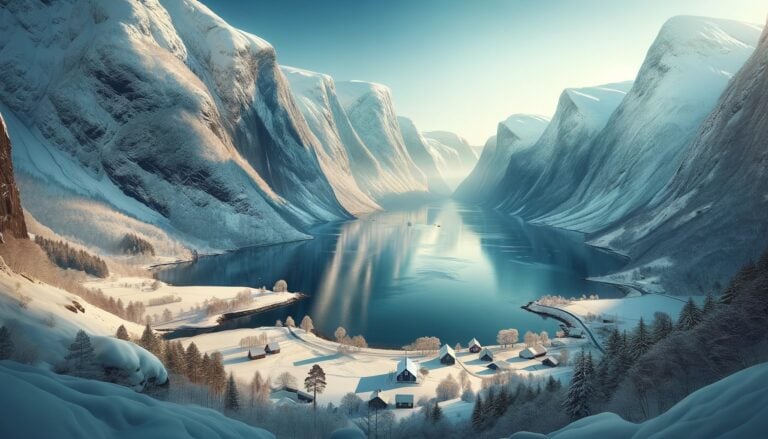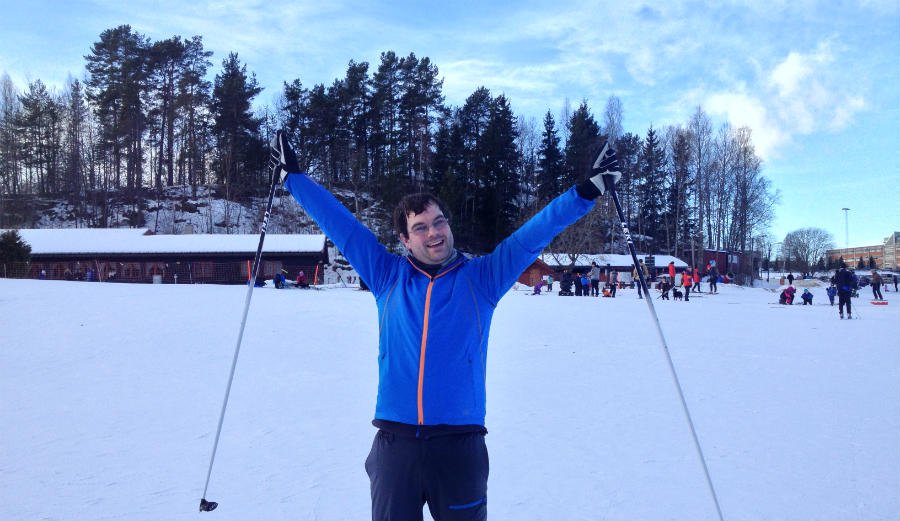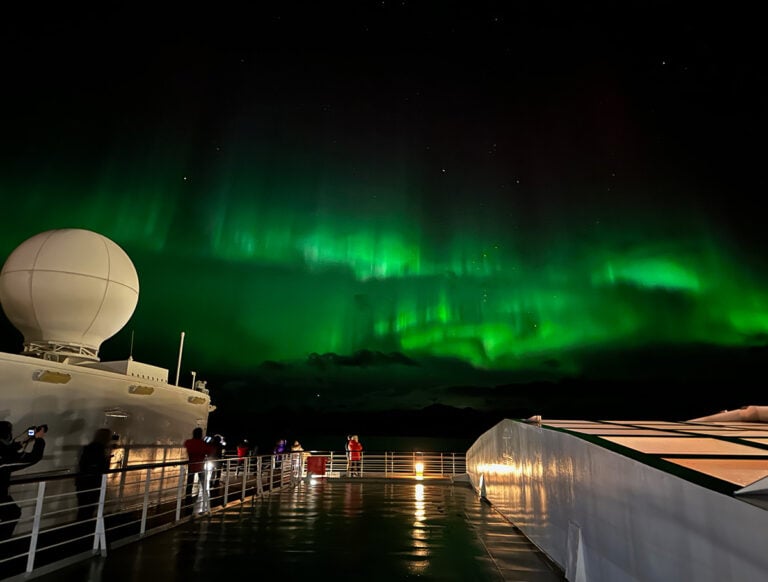From spectacular scenery with fewer crowds to nature’s phenomenal light show, here is why you should plan a trip to Norway this winter season.
Norway, known for its breathtaking landscapes and unique cultural experiences, has never been more popular as a tourist destination. However, this surge in tourism causes issues in the summer.

Much like other European destinations such as Barcelona and Venice, overtourism hits certain parts of Norway hard. While the numbers aren’t as high as those famous cities, the impact on infrastructure is just as problematic.
The Lofoten islands and western fjords are among the regions struggling to cope with the summer crowds. Dangerous parking and environmental degradation are among the issues in Lofoten, where local authorities are considering a tourist tax.
Given these challenges, visiting Norway during the summer can often be a frustrating and expensive ordeal. This article explores five compelling reasons why considering a trip to Norway in the winter might be a more pleasant and cost-effective choice.
1. Winter Affordability in Norway
In Norway, the high season results in increased prices for hotels, attractions, and restaurants. However, in winter, these costs, particularly for accommodations, are significantly lower, except in ski resorts.
This winter presents an especially affordable opportunity for international tourists, as the exchange rate is favorable: one U.S. dollar buys approximately 10.5 Norwegian Kroner, a notable increase from 5.5 kroner about ten years ago.

There’s a similar story for those exchanging money from Euro or the British Pound, too. With Norway’s currency currently weak, travellers can save money by pre-paying for accommodations and travel.
2. Enjoy the Winter Fjord Scenery
While summer images of Norwegian fjords are common, winter in Fjord Norway brings a unique and peaceful landscape, often dusted in snow. Although winter offers fewer activities, affordable accommodations are still available, albeit with more planning required.
Many mountain roads, including popular routes like Trollstigen to Geiranger, are closed or partially closed in winter. Plan your route in advance using the information provided by Statens Vegvesen.
For those averse to winter driving, Flåm is a viable option, accessible by train from Oslo and Bergen. The Flåm Railway and limited ferry services along Aurlandsfjord and Nærøyfjord are operational, though with reduced departures.
3. Embrace Norway's National Pastime
Skiing in Norway, particularly cross-country skiing, offers value for money compared to western Europe. Ski equipment rental is more affordable, and there is no need for lift passes. Trails are accessible from major cities and are not limited to ski resorts.

Locations like Oslo’s Nordmarka and Trondheim’s Bymarka offer trails reachable within half an hour by public transport. More information about trails and cabins is available on the website of the Norwegian Trekking Association, DNT.
Downhill ski resorts are also plentiful, with ski buses put on during the season from Oslo to Trysil, for example. The resorts of Lillehammer (Hafjell and Kvitfjell) are accessible by train from Norway’s capital city and Oslo Airport.
4. Chase the Northern Lights
Northern Norway is a prime location for viewing the aurora borealis, best seen in the dark evening skies from September-October and February-March. They can also be seen from November to January, although you run the risk of worse weather (and therefore, clouds) during these months.
For those keen on photography or simply wishing to savour the spectacle, guided tours are available. These tours, often led by experienced locals, can take visitors to the best viewing spots outside the city, away from light pollution.
This means the tours can last into the early hours, so be prepared! The best tour guides also offer insights into the science and folklore surrounding the northern lights, enhancing the overall experience.

Tromsø is a top destination for aurora hunting, with several direct flights from Oslo daily. The city offers various daytime activities, including a cable car and the Arctic Cathedral, to engage visitors until the northern lights appear.
5. Norwegian Christmas Markets
In December, Norwegian cities host Christmas markets, creating a festive atmosphere with traditional sights, sounds, and smells.
These markets, which include the Røros Christmas Fair and Bærums Verk near Oslo, offer a unique experience despite the short days, cold weather, and often challenging walking conditions.
The market in my hometown Trondheim is about to open, and I’m looking forward to seeing what’s going on this year.
A winter visit to Norway provides an opportunity to experience the country's natural beauty and cultural offerings at a lower cost than during the summer season. Are you interested in a winter trip? Let us know in the comments below.

